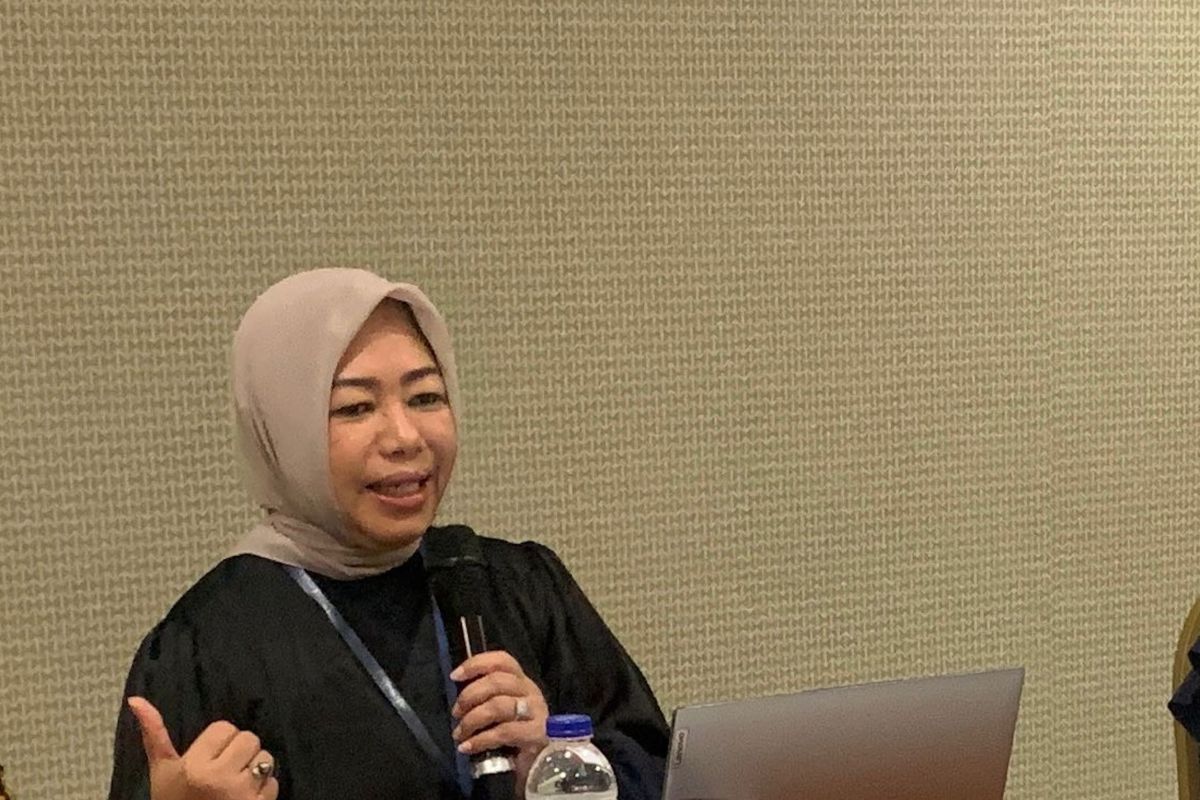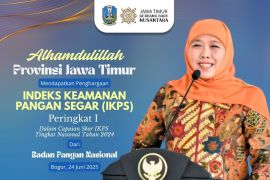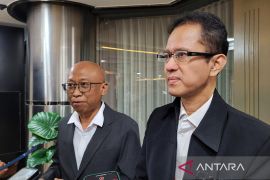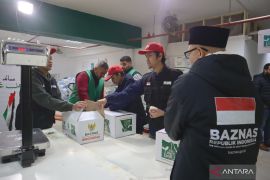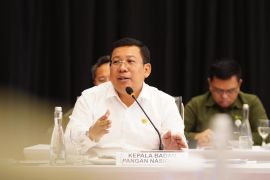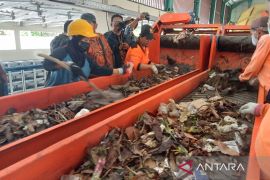The program involves the conduct of activities at the village level that reflect three aspects of food security, namely food availability, affordability, and utilization.
"We bring these aspects into one integrated activity called B2SA Village," director of food consumption diversification at the agency, Rinna Syawal, said on Monday.
According to her, the B2SA Village has three components — B2SA Food Terrace (Teras Pangan), B2SA Food Outlet (Gerai Pangan), and B2SA Food House (Rumah Pangan).
She informed that B2SA Food Terrace seeks to ensure food availability through activities that involve utilizing land, including village land, schools, and others, to produce vegetables, tubers, and protein sources such as poultry and fish.
"So it can meet the needs of balanced nutrition consisting of carbohydrates, proteins, vitamins, and minerals. In this case, the food terrace functions to produce food on a small scale according to household needs," Syawal explained.
B2SA Food Outlet seeks to secure food affordability. A food outlet collaborates with Village-Owned Enterprises (BUMDes) to provide food items for the local community, such as cooking oil, sugar, and rice.
Related news: Bapanas encourages varied diets to bolster food security
Meanwhile, B2SA Food House is concerned with the food utilization aspect. A food house is involved in menu preparation and socialization, she informed.n
According to her, under the program, 40 beneficiaries will be provided food 36 times, accompanied by information dissemination and opportunities to eat together.
The intended B2SA food recipients are children at risk of stunting/malnutrition, pregnant women, and breastfeeding mothers, she informed.
Syawal said that the beneficiaries must be consistent and not be replaced for the duration of the program so that its impact can be tracked. Further, nutritional socialization and education will also be provided to the community.
"Since the beginning of the program, we will take data on the body weight, height, and arm circumference of the participants. After the program ends, we will measure it again," she added.
For the target villages, districts/cities with still high stunting rates will be chosen since the program is part of efforts to reduce the stunting rate in Indonesia, she said.
The B2SA Village program is expected to help realize a healthy, active, and productive generation, as well as reduce the stunting rate and number of areas with food insecurity.
Related news: Home minister promotes food diversification to cut reliance on rice
Related news: Bapanas optimizing use of millets as alternative food source
Translator: Indriani, Resinta Sulistiyandari
Editor: Yuni Arisandy Sinaga
Copyright © ANTARA 2024
